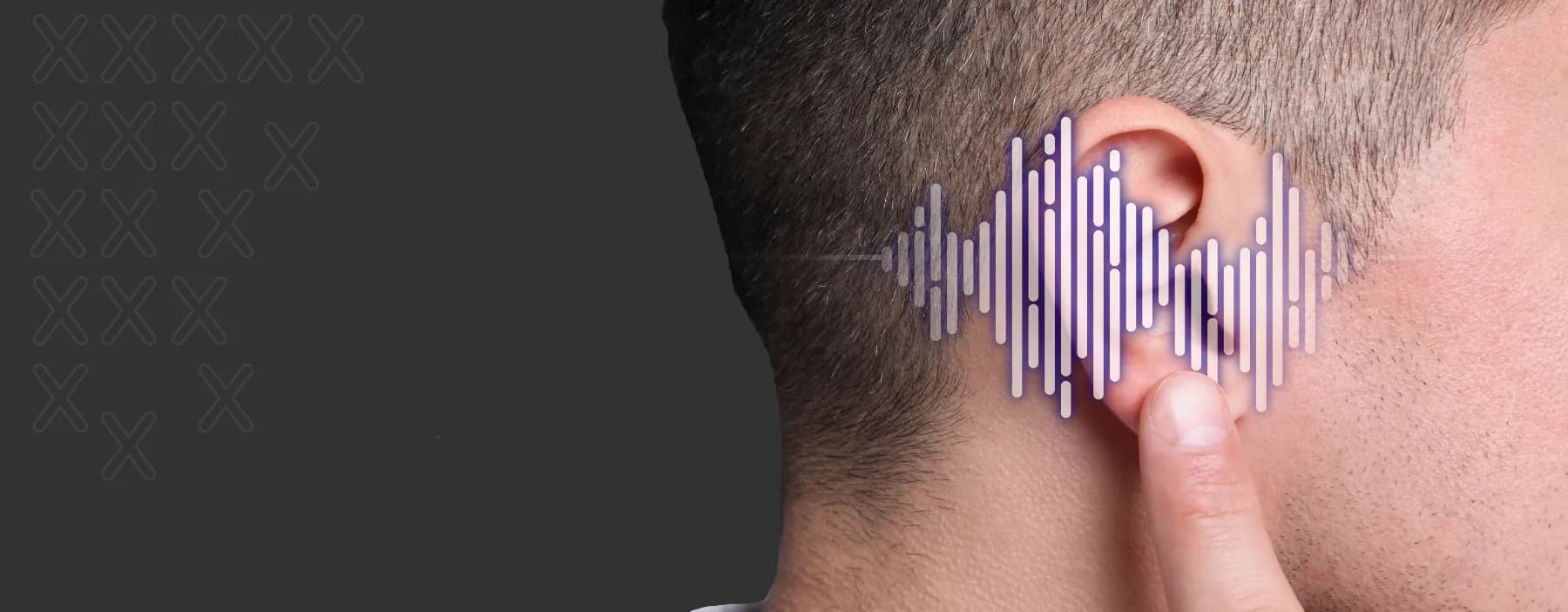
Innovative approaches to hearing loss: Going beyond traditional methods
Search for articles by category
In the dynamic landscape of audiological care, a study conducted by Karina C. De Sousa, Cas Smits, David R. Moore, Hermanus Carel Myburgh and De Wet Swanepoel (2020), brought a new perspective to hearing loss assessment, particularly in the context of the COVID-19 pandemic and the growing use of digital, decentralized audiometry.
The research presents a novel approach to hearing assessment, by investigating whether conductive hearing loss (CHL) can be differentiated from sensorineural hearing loss (SNHL) using pure-tone air conduction audiometry and a digits-in-noise (DIN) test.
Traditionally, bone conduction audiometry has served as the gold standard for assessing types of hearing loss, especially differentiating between SNHL or CHL. However, the global health crisis brought on by COVID-19 necessitated a new approach to established testing methodologies, prompting researchers to explore alternatives. The study, which involved analysis of 158 adults with bilateral SNHL or CHL, yielded promising results that have reshaped how we evaluate hearing loss.
By integrating pure-tone audiometry with the DIN test, the researchers achieved a remarkable accuracy rate, boasting 97.2% sensitivity and 93.4% specificity in distinguishing between CHL and SNHL. The findings prove particularly valuable in situations where traditional methods, including bone conduction audiometry conducted in a sound booth, are challenging or impractical.
While acknowledging the longstanding role of bone conduction in audiological assessments, the study equally highlights the potential of new, innovative methods in hearing loss testing. Combining pure-tone audiometry with DIN offers a reliable alternative to traditional hearing tests, ensuring accuracy in identifying and differentiating hearing loss types.
In conclusion, this study sheds light on the adaptability of modern audiological practices. By combining conventional testing methods with new innovative approaches, audiologists can leverage the precision and reliability that come with combining pure-tone audiometry and digits-in-noise testing. Boothless hearing assessments are an increasingly-pertinent reality.
Nowadays, audiologists can confidently rely on the results of portable audiometry solutions, and enjoy flexibility, accuracy and cost-effectiveness. New audiological innovations are empowering practitioners to deliver high-quality assessments without the limitations of traditional testing environments. Here’s to a new era with no boundaries in audiological care.
To find out how hearX® has pioneered new solutions in audiological care, visit our website and learn more about our journey: https://www.hearxgroup.com/



